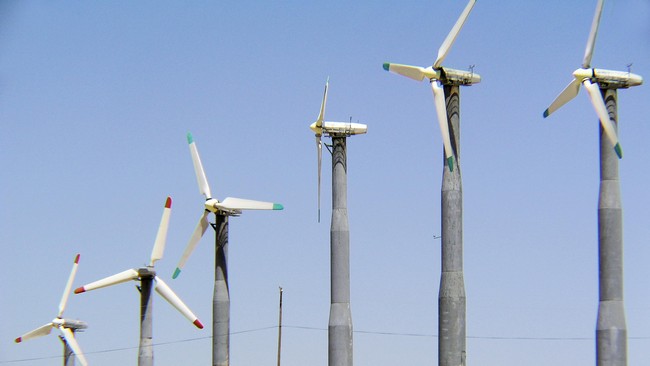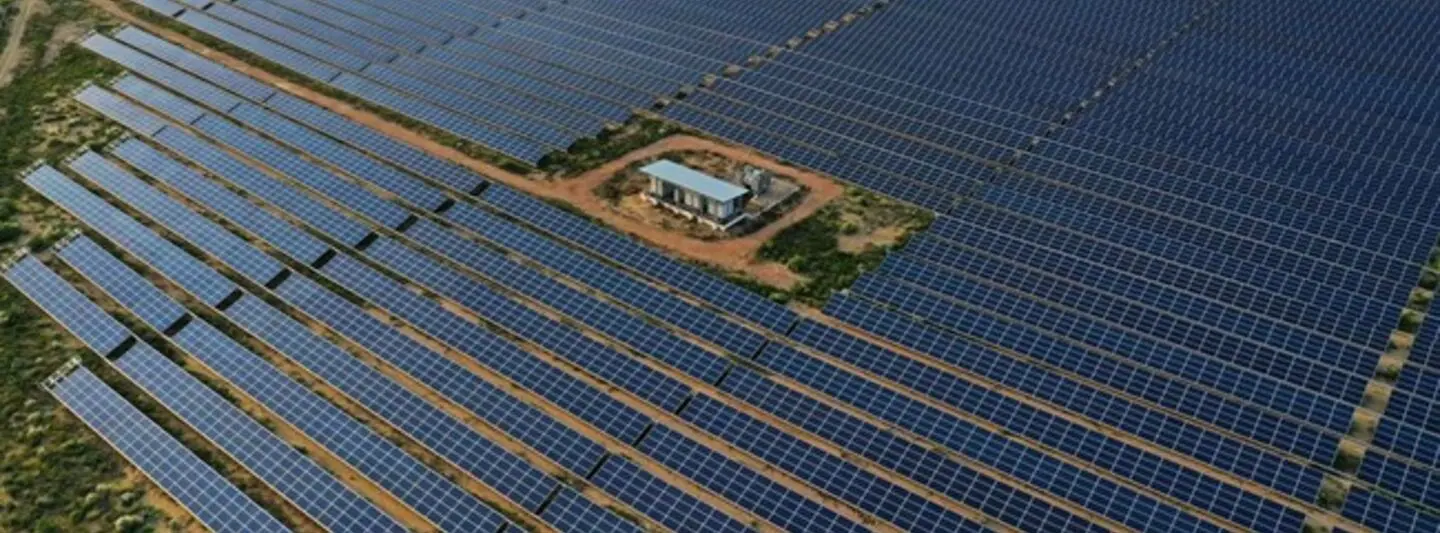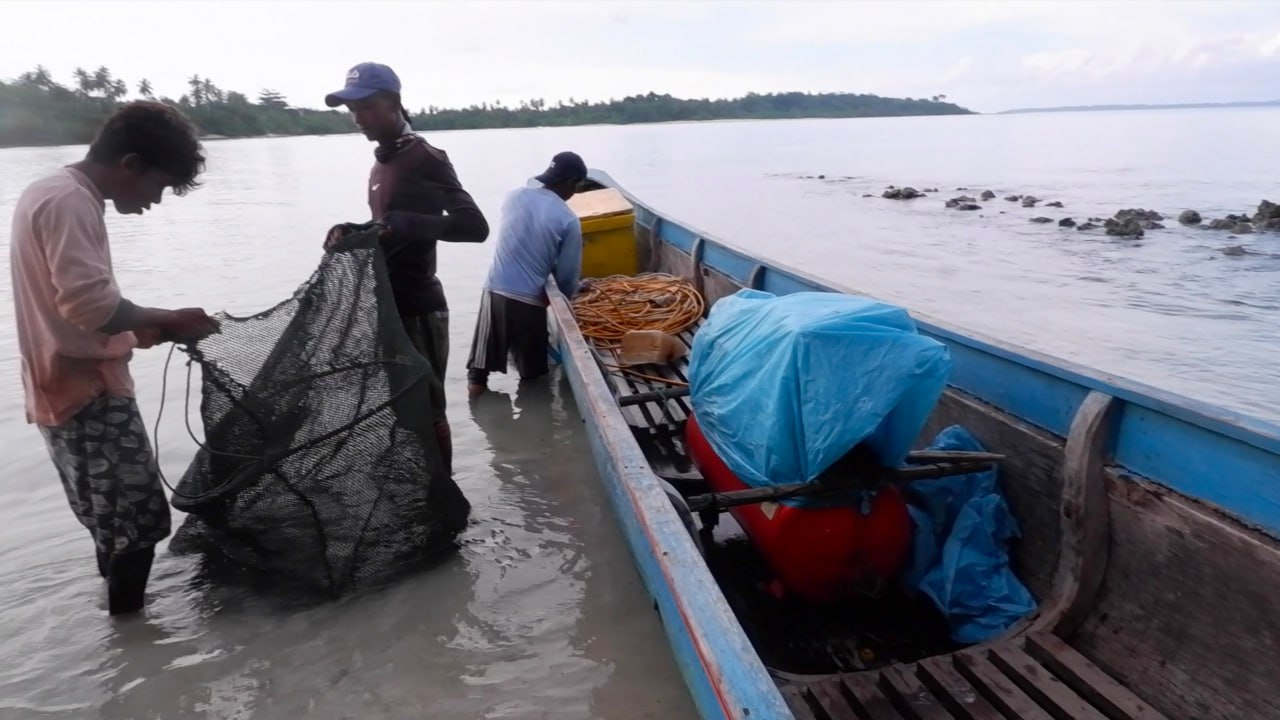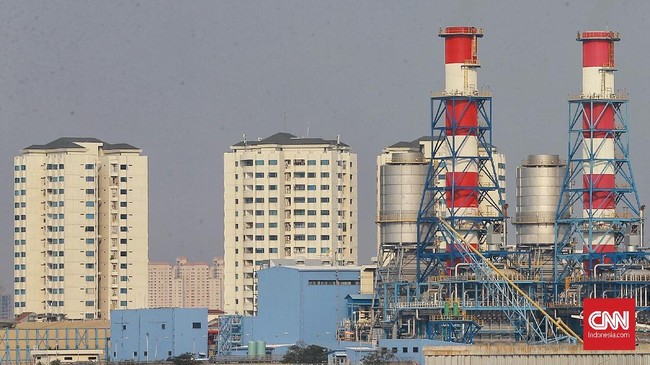This is the first of a three-part series by CNN Indonesia’s Dewi Safitri, exploring Indonesia’s coal phase out and transition to renewable energies.
Within a year, how have countries differed on the scale of Renewable Energy (RE) targets?
Indonesia’s closest neighbor, Malaysia, eventually achieved 25% of its energy mix from RE. Throughout 2022, Malaysia’s RE mix increased by 5% from 2021.
Vietnam, another neighbor, garnered 25% of their mix far earlier—in 2020. In 2022, Vietnam increased this to more than 40%.
Asia’s two RE leaders, India and China, are each on better tracks. India recorded only 23% mix in 2020, and has now increased the mix to 43%. The growth rate was due to massive expansion of solar plants in recent years.
China, the world’s RE giant, declared the biggest mix growth, with an additional 17.22% during 2022. This year China claims to have succeeded in passing 50% of the RE contribution to its national power generation, a target it initially said to achieve by 2025.
Things were less promising for Indonesia.
Throughout 2022, a report from the Ministry of Energy and Mineral Resources revealed the mix increased by 0.6%. It has thus made Indonesia among the countries with the lowest RE growth in Asia throughout 2022.
A modest target of 15.7% mix in 2022 was not met as only 12.3% was achieved. 2022 is thus the fifth year in a row where Indonesia has failed to meet targets since the energy transition launch in 2018.
Power purchase agreements trap
Energy structure in Indonesia is heavily government-centered, run exclusively by PLN — state utility company — under the auspices of the Ministry of Mineral and Energy Resources. National energy policies are executable only through PLN, including the RE mix.
“Government does have plans and targets; the execution, however, is lagging. PLN is currently facing a massive oversupply from conventional non-RE sources,” said Fabby Tumiwa, director of IESR, an energy think tank.
“This supply must be disbursed in order for PLN to not have too many excess operating costs. If costs increase (because of managing oversupply and RE), PLN would suffer a hefty loss. The result could be disastrous: could even be considered a mismanaged business, or worse it could go to the Corruption Eradication Commission (KPK). That’s why it is still difficult for PLN to focus on RE,” Tumiwa added.
The oversupply places a heavy burden on PLN finances. In one of the budget meetings in parliament last September, it was revealed that PLN’s electricity surplus is estimated to reach 7 gigawatts in 2023.
The oversupply is a consequence of the Power Purchase Agreement (PPA) signed between PLN and Independent Power Producers (IPP) in the 1990s.
Originally intended as a contract between the government and the private sector, it was designed to ensure full electricity supply to support Indonesia’s economic growth.
Government does have plans and targets; the execution, however, is lagging. PLN is currently facing a massive oversupply from conventional non-RE sources.
Fabby Tumiwa, Director, IESR
In 2015, when he had only been in power for a year, President Joko Widodo was furious at the fate of the stalled 35 Gigawatts Project inherited from President Susilo Bambang Yudhoyono’s administration. To reenact the project, IPPs are enticed with a PPA agreement.
In return for the enormous power plants investments, PLN will buy all the electricity produced.
The pledge was based on the assumption that Indonesia’s economy would surpass an 8% growth per year—hence, would require an enormous additional supply of electricity.
In reality, since 2015 it has only been around 5% and even dropped below 3% due to the pandemic in 2020. As a result, the electricity supply soars.
Managing this excess supply has rendered PLN’s financial affairs complicated. It also hinders implementation of RE electrification targets.
“(The 35 Gigawatts Project) is a plan deemed to fail from the start. Widely imbalanced supply and demand, gap between projections and realization is too large. But because it has already been signed, the consequences must be borne,” said Putra Adhiguna, an analyst at Institute for Energy Economics and Financial Analysis.
Although often proposed, the option to renegotiate PPA clauses has yet to yield much result. Having been carried out by PLN in the midst of a pandemic once, the new renegotiation resulted in a delay of payment, not a reduction in obligations.
Renegotiation is also not without a risk. A furious creditor of the 35 Gigawatts Project could file a suit by the International Court of Justice. Apart from the possibility of losing, it could also downgrade Indonesia’s debt status.
In September 2022, the government issued Presidential Decree (Perpres) 112/2022 directing PLN’s obligation to purchase electricity produced by the RE sector. It aims to provide a friendlier investment climate for RE production.
While it first sounded promising, the decree proves to be problematic. With both conventional and RE supply, it is estimated that PLN could host more than 40 gigawatts of power in 2030.
As of now, the price of RE electricity is higher than those of fossil-sourced electricity, especially coal. As a result, the obligation to purchase RE electricity is, again, increasingly burdening PLN.
“Especially damning since PLN’s coal supply has been capped with the Direct Mandatory Order (DMO) at a reasonably low price. The coal supply has thus been guaranteed. What you have is a higher disincentive not to immediately switch to RE because using fossils alone is quite comfortable,” added Adhiguna.
If it continues, this trend risks derailing Indonesia’s energy mix targets further down. To compound matters, the Indonesian populace faces a double blow, forgoing the prospect of accessing affordable and environmentally-friendly RE energy in the foreseeable future.
Additionally, should the lifespan of coal-fired power plants extend beyond their intended tenure, Indonesia risks squandering the chance to secure a more cost-effective energy alternative.
Ineffectively seizing the opportunity to establish a more economical power plant from the outset, the nation finds itself grappling with potential losses on multiple fronts.
“(It’s because) after 2030, the marginal cost of the price of electricity generated through solar plant, wind farm, or carbon storage will be cheaper than fossils,” concluded Fabby Tumiwa from IESR.
PLN CEO Darmawan Prasodjo claimed his company’s commitment remained firm for energy transition. Over the next 25 years PLN envisions a reduction of 1.8 billion tons of CO2 by retiring 13 gigawatts of majority coal-fired power plants.
PLN projects 200 million tons of CO2 reduction more by replacing 1.1 gigawatts coal-fired with RE-based power plants. In the same period, CO2 emissions are projected to decrease by 2.4 million tons from replacement of 800 megawatts coal-fired power plants to gas.
As for the PPA, Prasodjo said PLN is set to reduce 200 million tons of CO2 by cancelling the 1.4 PLTU gigawatts project previously sealed by the agreement.
Lost on global opportunities
As the planet edges closer to cheaper and more renewably-sourced energy, Indonesia’s failure to catch up with the trend is predicted to result in more losses.
For countries with aggressive growth of solar electricity such as India, interests have flooded in to make it one of the world’s main RE investment destinations. The snail-paced growth of Indonesia’s RE growth indicates that investors are far from convinced that the business is profitable—for now.
(The 35 Gigawatts Project) is a plan deemed to fail from the start. Widely imbalanced supply and demand, gap between projections and realization is too large. But because it has already been signed, the consequences must be borne.
Putra Adhiguna, Analyst, Institute for Energy Economics and Financial Analysis
Yet, analysts like Putra Andhika see the shortage of electricity supply from RE as bearing another impact: avoidance of global businesses to enter.
“For example, we heard some time ago that Amazon wants to invest (in Indonesia) by opening a data center. But the condition is that they ask for 100% supply of clean energy. If there is no supply, a global business entity like this might then turn their attention to, let’s say, Vietnam or Malaysia,” added Andhika.
Amazon Data Center opened late 2021 in Jakarta and is Amazon’s second cloud service center in Southeast Asia after Singapore. In 15 years, Amazon promises a gradual investment of up to around 70 trillion Indonesian rupiah (4.6 billion US dollars) for the data center.
PLN promised to supply the demand by deploying four solar power plants (PLTS) in Java-Madura and Bali. The four are claimed to have a capacity of 210 megawatts.
While Amazon’s demand may be currently met by PLN’s supply, the next global business expansion may not be as easy to provide.
The big business switch to 100% renewable electricity has been going strong for more than a decade and started in the US and Europe. According to Bloomberg, among the global company list of largest RE users are Amazon, Alphabet and Meta.
This story was produced with support from Internews’ Earth Journalism Network. It was first published in CNN Indonesia on June 30, 2023. It has been lightly edited for length and clarity.



